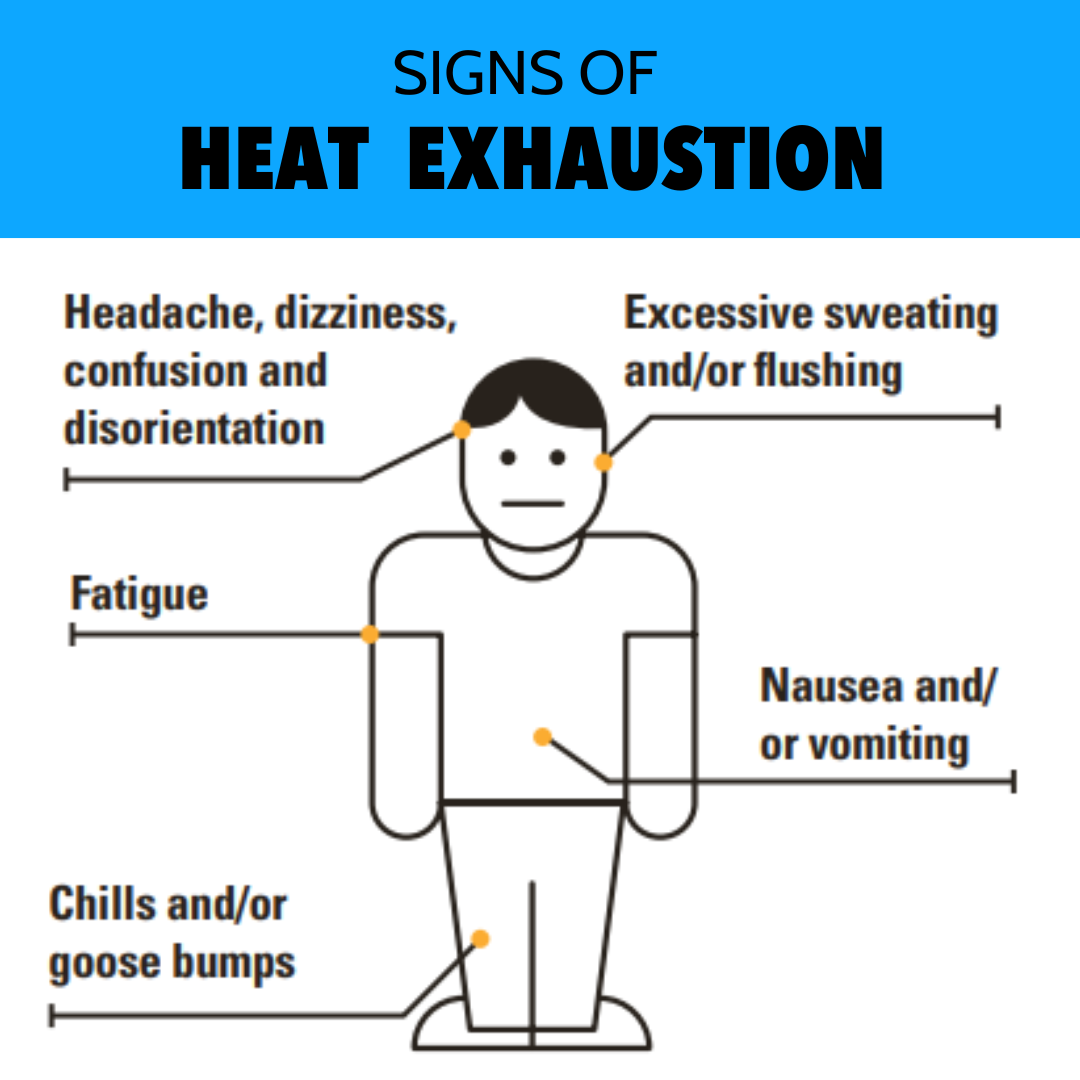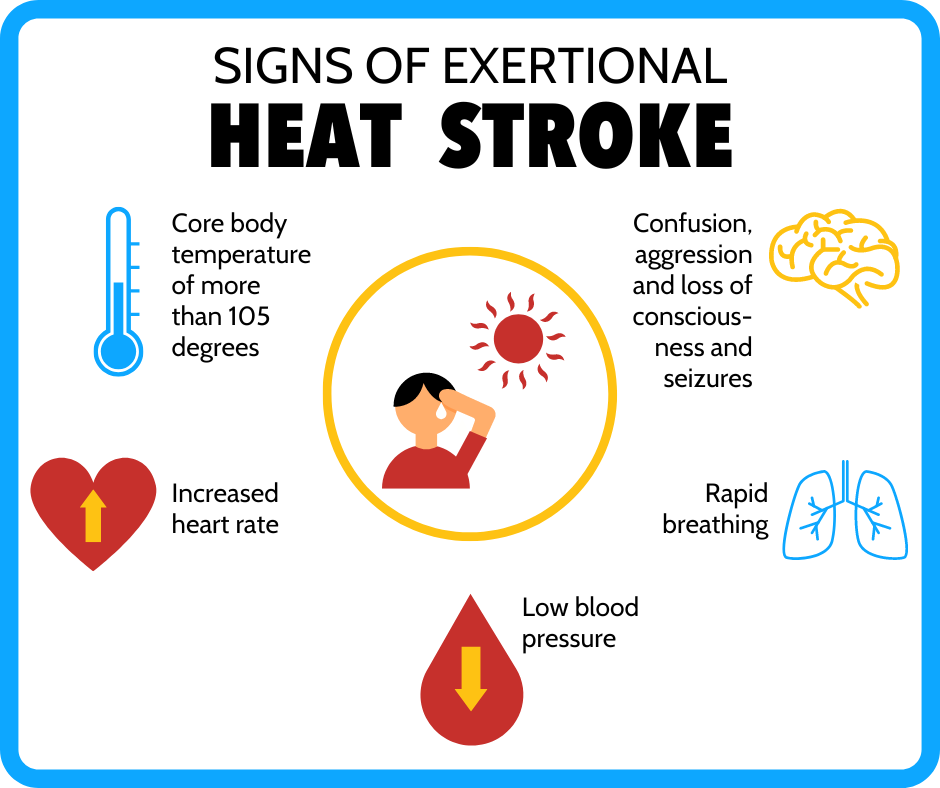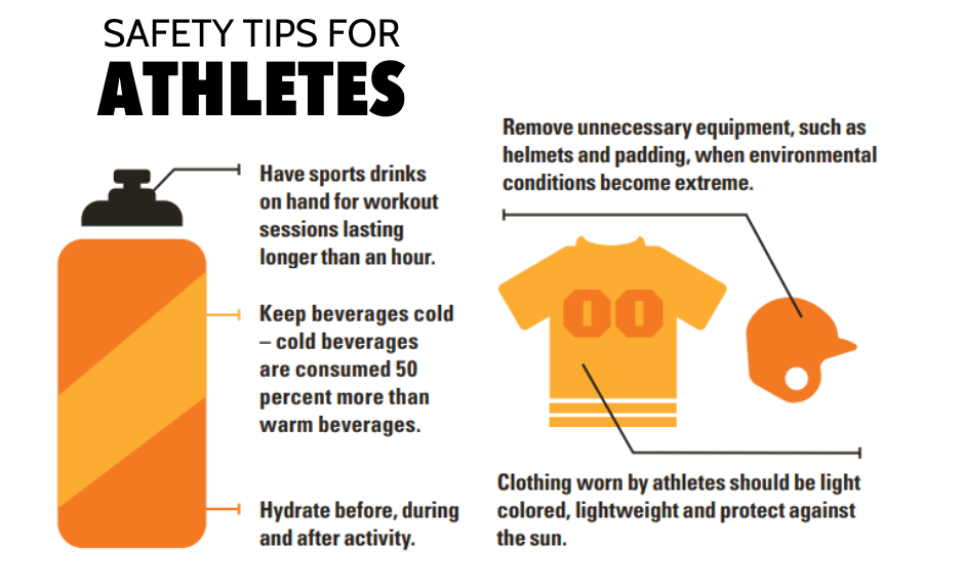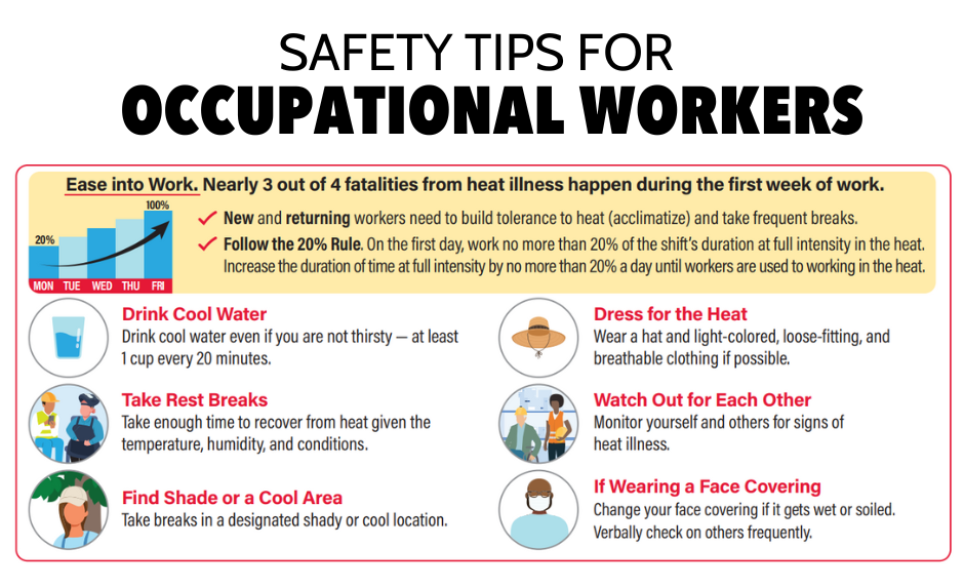With record heat waves this summer in various parts of the country, it's important to know the signs of heat illness and the difference between heat exhaustion and heat stroke, especially if you're an athlete, work outdoors or work as a laborer.
Heat illness is one of the most pressing issues in athletics today, particularly considering the untimely deaths of several high-profile athletes, like former Cowboys running back Marion Barber, who died earlier this year of heat stroke. Exertional heat stroke is one of the top three killers of athletes and soldiers in training.
So what is the difference between heat exhaustion and heat stroke? And what can you do to avoid it?
Heat exhaustion is a moderate heat illness where the body is unable to effectively exercise or perform by keeping itself cool and thereby overheats. It occurs most frequently in hot or humid (or both) conditions, but it can also occur in normal environmental conditions with intense physical activity. With heat exhaustion, symptoms may include heavy sweating, dehydration, headaches and a rapid pulse. Heat exhaustion sets in at a core body temperature of 100 degrees Fahrenheit and above.
Exertional heat stroke is a severe heat illness that occurs when a body overheats, just like in heat exhaustion, but the core body temperature has rapidly reached more than 105 degrees Fahrenheit, which can lead to permanent disability or even death if left untreated. It takes only 30 minutes for cell damage to occur with a core body temperature of 105 degrees.
Treatments for Heat Exhaustion and Heat Stroke
- At first signs of heat exhaustion, move to a shaded area and remove excess clothing.
- Begin to cool the body with water, cold towels and/or cool air.
- Drink chilled water or a sports drink.
If conditions do not improve and get worse:
- Find emergency personnel or an on-site athletic trainer.
- If none are available, call emergency services and continue to cool the body with cold water, ice, fans and cold towels.




